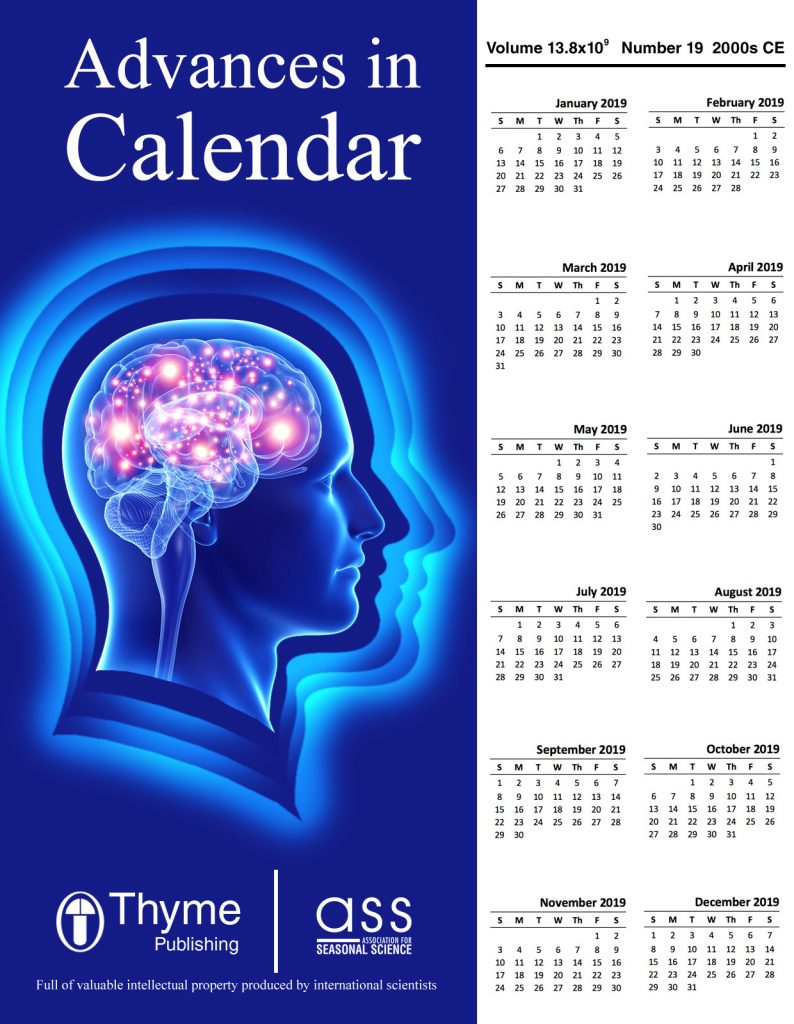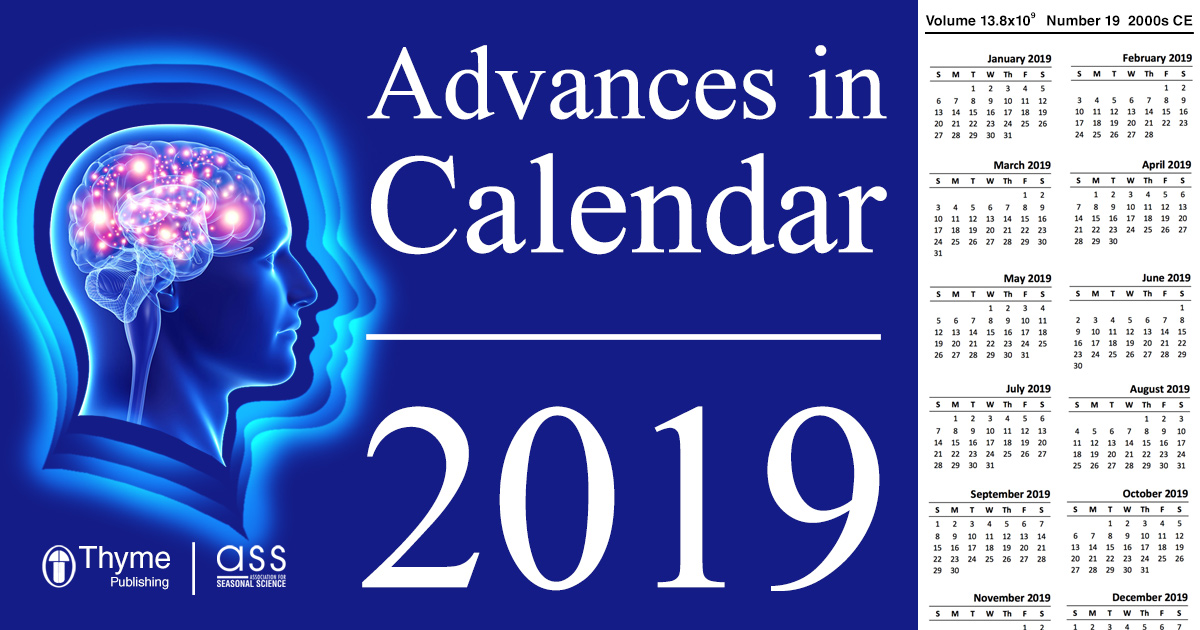Dear Dr The 100% CI:
Thank you for submitting “2019” [CAL-2019-12] to Advances in Calendar. I was very fortunate to receive four extremely thoughtful and thorough expert reviews.
As you will see we when you read the reviews, while all four liked certain aspects, ultimately, your year lacked novelty. I share this concern and thus have decided to decline 2019 for publication.
I regret this outcome, but we have to be extraordinarily selective due to the large numbers of years. I wish you well with this project and I hope the reviews are useful as you revise your year for a specialty outlet (e.g., our Open Access journal Infinity). Finally, I encourage you to continue to consider Calendar as an outlet for the years to come.
Seasonal greetings,
[Redacted]
Review 1:
I now had the opportunity to review this manuscript submitted for consideration at Calendar. I agree with most of the arguments presented, and think 2019 could ultimately be a useful contribution to the literature. Below, I provide some remarks that I hope the authors will find useful for historical revisionism.
I sign all my reviews,
[Redacted]
GENERAL REMARKS
– The authors state that 2019 is “the first of its kind.” This may well be true, but they appear to have missed recent additions to the literature that are currently not cited, such as 2018, 2017, and others.
– The authors should remove all nonsignificant events from 2019. For example, I don’t think the readers of Calendar are interested in the number of bags of rice tipped over at a large Midwestern college.
– Not all references are consistently cited in APA style, which is a punishable offense of the highest order. Apart from this, some of them seem fairly obscure.
SPECIFIC COMMENTS
– title page: I noticed John Ioannidis is not listed as an author, which seems improbable. Please make sure this is actually correct.
– p. 3: The authors write that the number of PhD titles among them has increased by 1. This difference probably doesn’t achieve statistical significance and thus should not be reported at all.
– p. 4: The authors report that SIPS happened. First, the capitalization seems strange to me. Second, I find this implicit endorsement of the collective consumption of alcohol inappropriate. Althought the event is reported to have taken place in a country known for its liberal attitude towards psychoactive substances, it may cause offense in parts of the diverse readership of Advances in Calendar (e.g., those from the 1920s in the US).
– p.7, Figure 3: Why does this picture look like it was taken with a smudged smartphone camera?
Review 2:
This year reports a series of events that occurred over the course of 365 days. It is rather lengthy, in particular those parts in which people repeatedly argue about how to argue. To be honest, I don’t think I’ve learned anything new from these sections–they are redundant at best. While the authors do report some additional novel events, it mostly seems like a re-iteration of previous years. Furthermore, many of the events took place in Germany. This makes it hard to compare the findings to the rest of the literature, which mostly takes place in the US.
Review 3:
The year reported by the authors appears to consist of eventful periods of time. I would love to submit a full review of this promising contribution. However, ASS’s recent signing of a letter endorsing a view which I and many other international temporal scientists (many of whom have supported ASS for years with their punctual work) have perceived as a slap in the clock-face led me to reconsider how I invest my review time. Unfortunately I will not be able to review for Advances in Calendar under these circumstances.
Review 4:
The authors describe a range of cherry-picked observations they made over the course of 1 year. While most of the content would only be of interest to a very small audience, the usage of a longitudinal design is laudable, and some developments seem quite remarkable.
Most notably, the authors report three times as many children as previously reported (The 100% CI, 2018). This drastic increase in the risk of parenthood (Odds Ratio = 9) certainly warrants further investigation! Another curious detail here is that the only remaining non-replicated author has continued her almost complete lack of productivity. However, no compelling theory is offered. In their discussion, the authors interpret the increased replication rate as an unambiguously positive development; I wish they had spent more time discussing potential downsides. For example, the energy invested into such replication projects might be channeled into more fruitful endeavors, such as the development of strong theories or future blog posts that are not quite as half-assed last-minute attempts to reanimate a site that has been practically dead for a while now.
For the sake of completeness and to enable the authors to improve their year in the future, I also want to point out that their statistical models do not warrant generalization since they fail to treat year as a random factor and include no random slopes (see Barr et al., 2013; Yarkoni, 2019). In fact, no statement is made about if and how the results are expected to generalize to future years at all, leaving it unclear why 2019 should be added to the Calendar.


